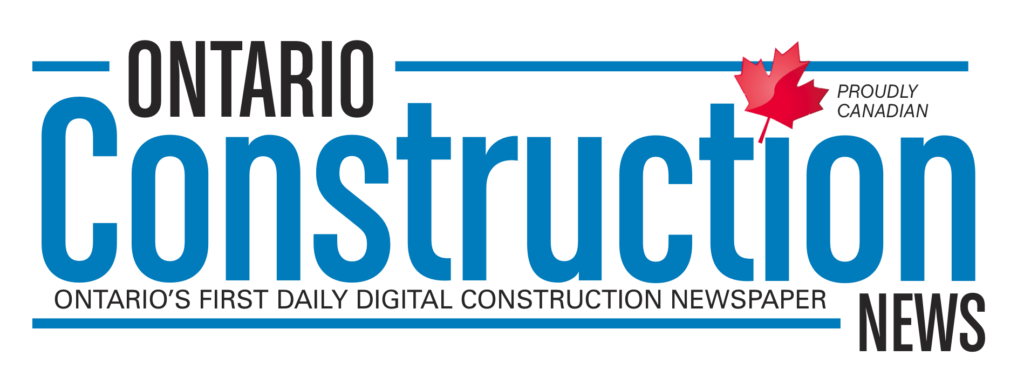The City of Cambridge is spending $35 million to spruce up its core areas in hopes of attracting new businesses and residents.
The decision to set aside the money is just the first step in the city’s revitalization plan. Now that an amount has been decided upon, the next step is to evaluate a large number of possible projects and come to some conclusions about which ones will proceed and be funded. That is expected to happen toward the end of the year—in November or December—when a report will be delivered to city council by the new city manager and by the city’s economic staff.
Jeff Willmer is the interim city manager (and will be in the post until the end of August) and he has been working to establish the transformation fund and to provide guidance for future development in the city.
As a city, Cambridge has not one or two but three downtown cores. This is a result of a merger in the 1970s of the city of Galt, the city of Preston and the town of Hespeler. (The village of Blair was also part of the amalgamation.) Financing improvements in each of the core areas is one of the foundational underpinnings of the investment fund.
It won’t be too surprising, however, if Galt ends up receiving a higher percentage of the city’s money.
“It was certainly that was part of the council feedback that they want to see some investment in Hespeler, as well as Preston and in Galt. My focus has been on the Galt core: it’s a rapid transit station area, it has got so much potential, it just needs a bit of a boost. It’s a great living environment. But we aren’t quite there yet with the business case for the private sector to be building significant densities,” said Willmer.
“Hespeler actually is well on the way towards urban revitalization. So Hespeler doesn’t need a huge boost. But there are one or two projects that are in the mix there: Milling Road on the right bank of the [Speed] river, the north side of the river, is an opportunity for a great place-making destination. It could be sort of an urban park type setting … The city could do some great things with the public space right along the river.”
He added that Preston, with its rapid transit station and with the commercial properties along King Street creating a main-street feeling, also presents a “great opportunity” for redevelopment, especially higher-density residential construction.
Plans for the fund call for the city to invest in five different types of projects: post-secondary education facilities, purchasing more land, encouraging private business development, supporting arts and cultural projects and reviewing community service programs delivery.
The Galt core is already home to the University of Waterloo’s school of architecture and Willmer said the city wants to do what it can to encourage expansion of the facility.
“The local college—Conestoga College—also has a presence in the downtown core and is also interested in expanding that. These are the types of things where you’d have more people by day, students and faculty and teachers in the core area and that adds to the city’s vitality.”
Willmer also named two other potential Galt-based projects that will likely be approved in the upcoming report: relocating the food bank from city-owned property on Ainslie Street as it is “less than a half-a-block away from the future rapid transit station, so it is obviously a redevelopment site,” and assisting in relocating The Bridges, a shelter for those experiencing homeless and poverty.
While projects like the ones listed above won’t directly create new business opportunities or build new housing, Willmer believes they aid Cambridge in attracting private investment.
“By improving quality of life, you can make a place more desirable as a place to live. That helps people who are marketing their residential developments,” he said, adding that there is a market for higher-density residential development in the city’s core areas.
“If we can speed that up by building parks and trails or by investing in arts and culture or whatever it is that helps create a better quality of life for people, that’s what we’re interested in doing, to help spur on the business case for residential development.”
At this point in time there are no metrics or measurements in place to evaluate how a project will influence future development or even be considered a good investment, but those are expected to be included as part of the upcoming report, even if they won’t be the most important way of viewing potential projects.
“The main measurable is having more people living in the core. Everything else flows out of that. We’re not really setting targets in terms of numbers and years. It’s just that the more we can achieve, the better and that will bring with it new assessment and new markets for downtown businesses,” said Willmer.

